Hungarian GP: Lewis Hamilton bids to end woeful qualifying form
- Published
Considered a master of qualifying, Mercedes' Lewis Hamilton has seen things conspire against him during the one-hour session in the past five races.
A crash at Hockenheim, a misjudgement of conditions at Silverstone, a spin in Austria, a mistake when it counted in Canada and an infamously aborted run because of Nico Rosberg-influenced yellow flags in Monaco have given Hamilton a lot of work to do on Sunday afternoons.
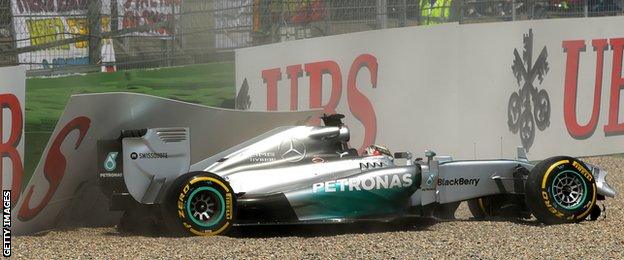
Hamilton has suffered from bad luck and mistakes during qualifying for the past five races
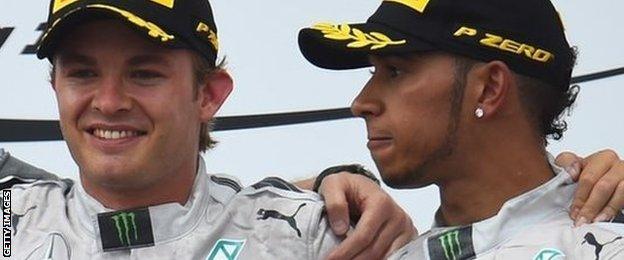
Nico Rosberg holds a 14-point lead over Mercedes team-mate Lewis Hamilton
Can the 2008 world champion turn it around in this weekend's Hungarian Grand Prix at the Hungaroring where he has started on pole in four of the last seven visits?
Hamilton will certainly have to as he trails Rosberg by 14 points in the drivers' standings following his team-mate's victory in Germany.
Encouragingly, Hamilton's only win in 2013 came in Hungary - it was his fourth victory in seven years at the track and second in a row. His championship hopes will be boosted if he can make it number five.
Reasons to watch the Hungarian Grand Prix
Lewis Hamilton will hope to get through a qualifying session without making a mistake or having a technical problem, while Mercedes team-mate Nico Rosberg seeks his fifth pole position in six races.
Valtteri Bottas, arguably the most impressive driver in the past three races, will target a fourth consecutive podium as Williams continue their march up the constructors' championship standings.
Fernando Alonso could indulge himself in another ding-dong battle with a Red Bull while the Spaniard, alongside Force India's Nico Hulkenberg, will look to continue a record as the only drivers to score points in every race so far this year.
Felipe Massa will simply want to get around the first lap, having been taken out in three opening-lap crashes this season, the latest of which ended in a scary flip at Hockenheim.
What makes the Hungarian Grand Prix different?
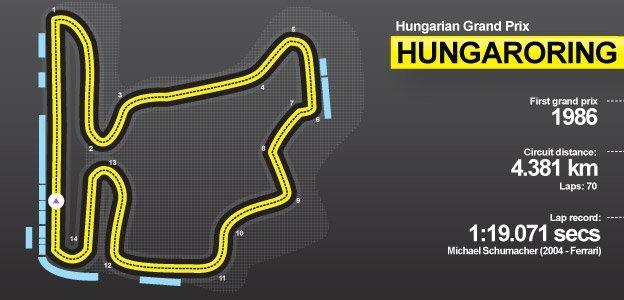
The Hungarian Grand Prix has been staged at the Hungaroring since 1986
Host of the first Formula 1 race to take place behind the Iron Curtain, the Hungarian Grand Prix arrived on the calendar in 1986 and has not left since. Only Monaco and Monza can boast longer.
The circuit is rarely used at other times during the year, which means it is very dusty when the teams start Friday practice.
Those conditions, combined with the tight and twisty circuit, makes overtaking very difficult - as was the case in the 1990 Hungarian Grand Prix (see below).
As a result, strategy is key, something Michael Schumacher proved in 1998 when tactician Ross Brawn's masterstroke to switch the German to a three-stop strategy won him the race.
The venue's natural amphitheatre setting makes the track popular with the fans, who get great views of the circuit. The race draws fans from all over the world, with Finnish drivers usually getting impressive support from their compatriots.
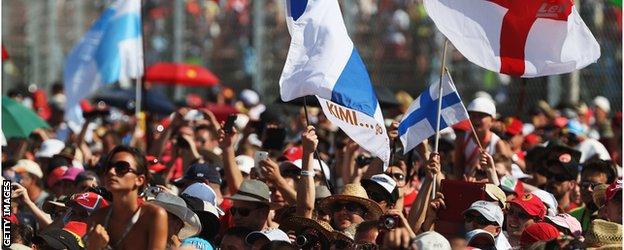
The Hungarian Grand Prix attracts fans from all over the world, including a large Finnish contingent
A classic Hungarian Grand Prix
Germany had just won the World Cup, a bitter scrap for the drivers' title was being fought by two of the sport's biggest rivals and Williams were in resurgent form. No, not this year - 1990.
Thierry Boutsen was not the fastest man on the grid at the 1990 Hungarian Grand Prix - but he was able to take pole position and hold up the field to take the win.
The Belgian led away from pole and absorbed the early pressure from McLaren's Gerhard Berger. As the race continued, his Williams team-mate Riccardo Patrese and Benetton's Alessandro Nannini tried and failed to pass on the tight and twisty track.
Behind him, Ayrton Senna was on a charge in the McLaren, the Brazilian rising to third before trying an audacious move on Nannini. The pair touched, forcing Nannini into retirement, but Senna continued unscathed.
Three-time champion Senna began his pursuit of Boutsen, but he was unable to find a way through, allowing Boutsen to seal his third and final Formula 1 victory.
- Published20 January 2015

- Published20 July 2014
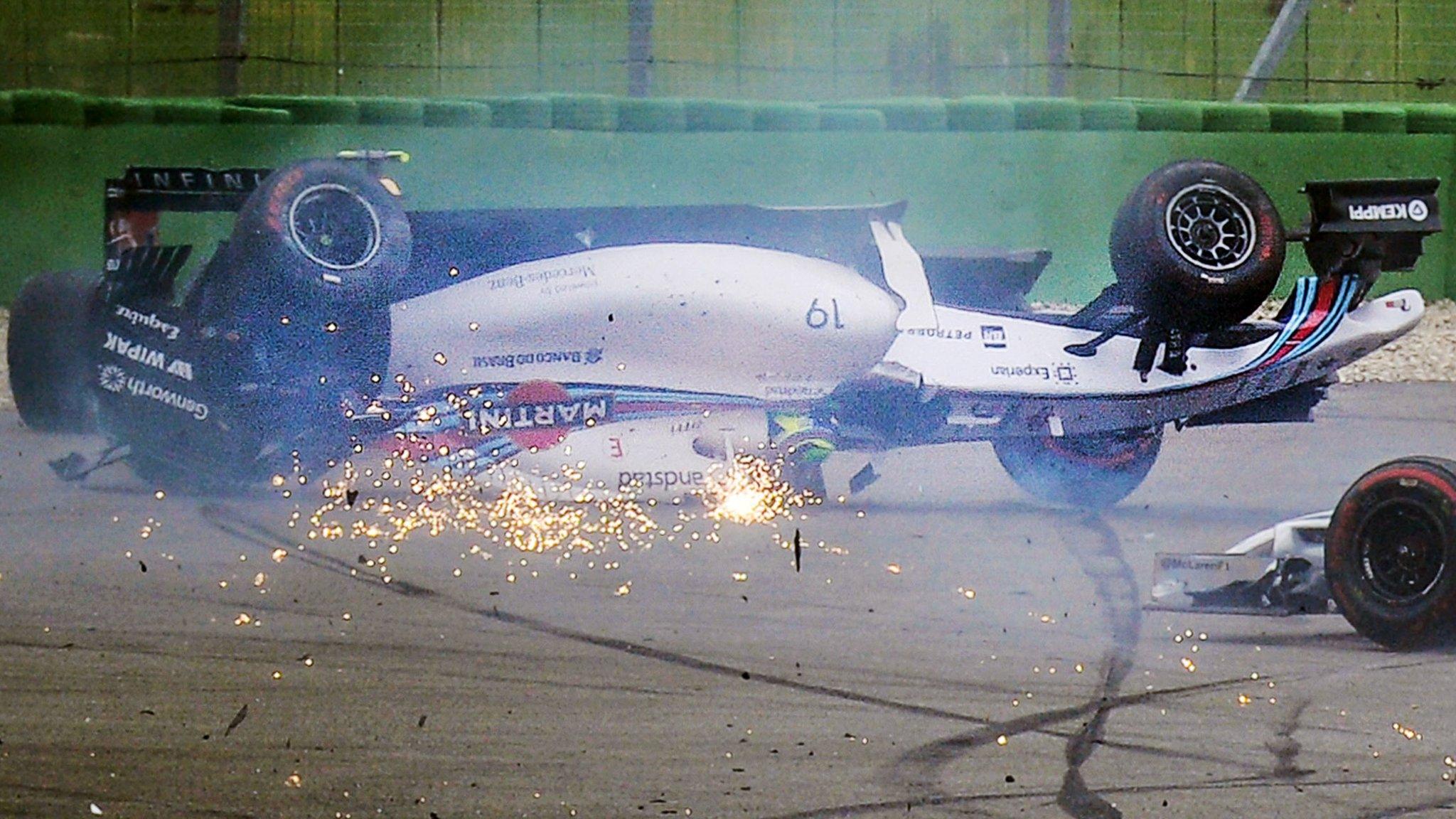
- Published19 July 2014

- Published19 July 2014

- Published26 February 2019
